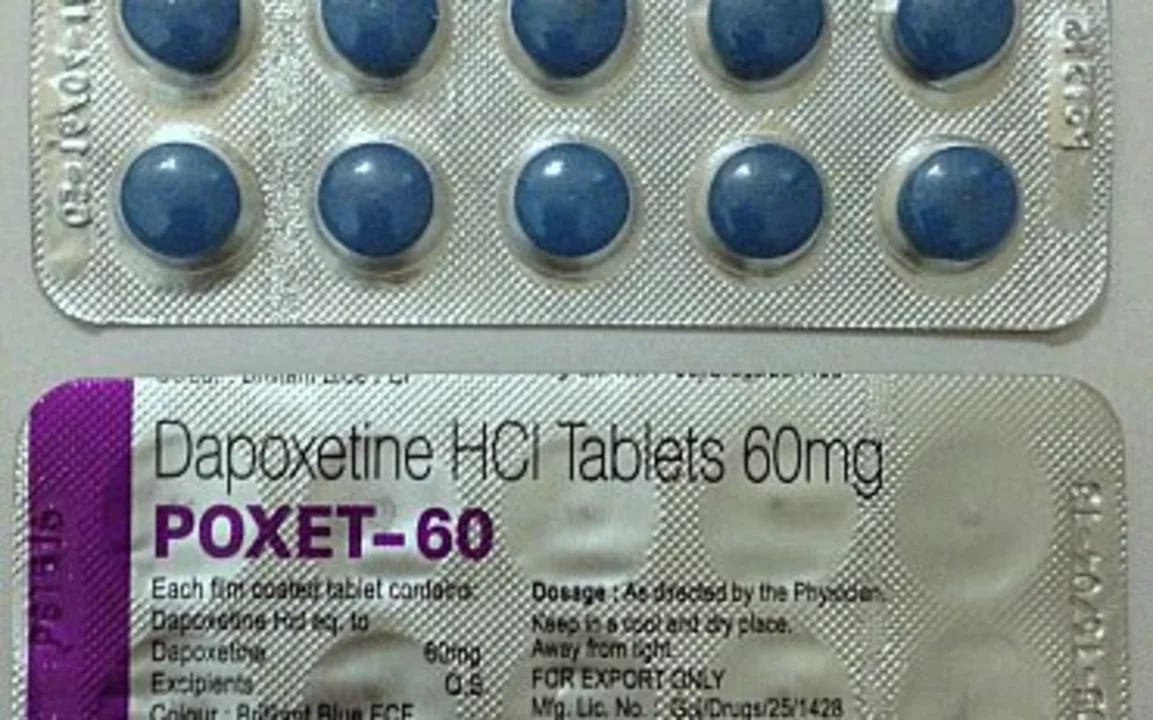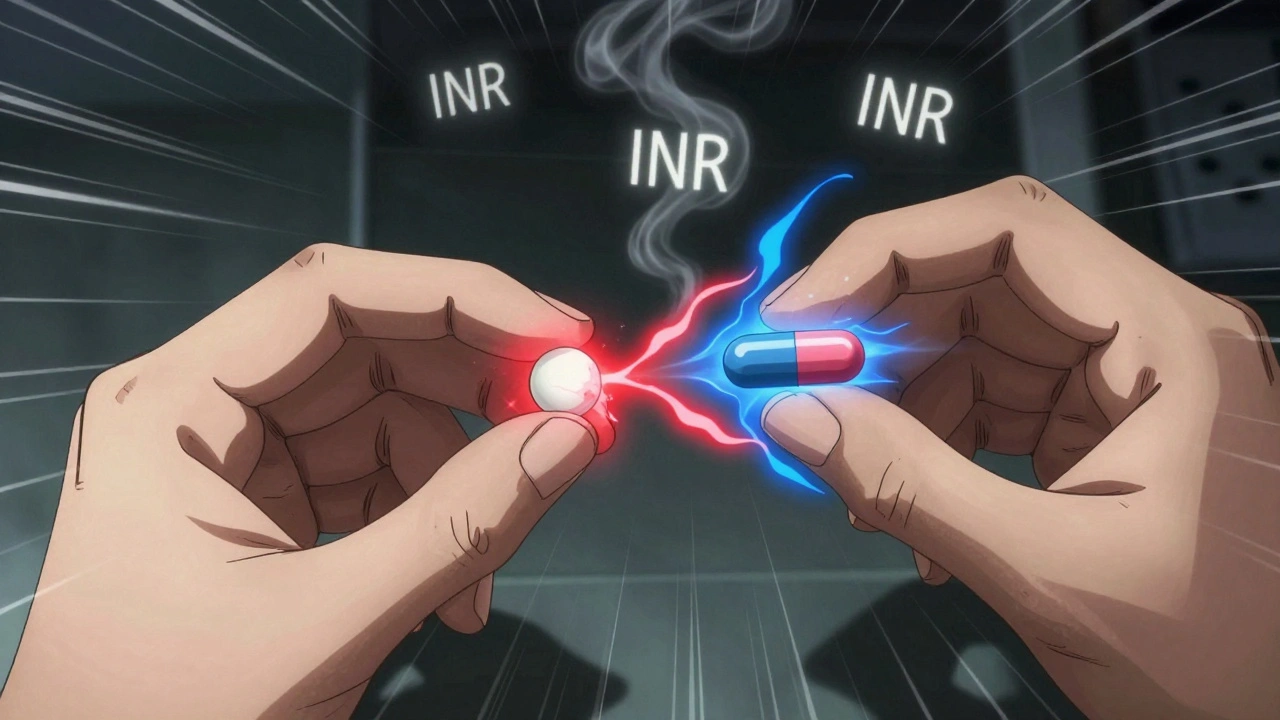Fertility: Practical Steps to Improve Your Chances
Trying to get pregnant can feel confusing and emotional. You want clear, usable steps — not vague advice. Here’s a straight-up guide that helps you know what to try at home, when to get tests, and what treatments actually do.
Everyday moves that really help
Start with timing. The strongest window for conception is the five days before ovulation plus the day of ovulation. Use an ovulation predictor kit (OPK) or a good cycle-tracking app and try sex every other day during that fertile window. Don’t overdo it — daily sex for long periods can lower sperm quality in some men, so every-other-day is a good balance.
Check basic lifestyle factors: keep a healthy weight, sleep well, cut smoking, and limit alcohol. Aim for moderate exercise — too little or extreme training can hurt cycles. Reduce high caffeine intake if you drink a lot. Take a daily folic acid supplement (400 mcg) if you’re planning pregnancy; it lowers the risk of neural tube issues. A simple vitamin D check can help too — low levels are common and easy to fix.
Men matter. A quick semen analysis is cheap and informative if pregnancy isn’t happening. Simple changes like switching to loose underwear, avoiding hot baths, and stopping anabolic supplements can improve sperm quality.
When to test and what treatments do
If you’re under 35 and haven’t conceived after 12 months, get checked. If you’re over 35, start tests after 6 months. See a clinic earlier if you have known issues (irregular cycles, PCOS, endometriosis, prior chemo, or a partner with low sperm counts).
Key tests include: a semen analysis, blood tests for ovulation and ovarian reserve (AMH, FSH), and a uterine/tubal check (ultrasound or hysterosalpingogram). These give clear next steps instead of guessing.
Treatments range from simple to advanced. Letrozole or clomiphene help stimulate ovulation. An hCG injection (brands like Fertigyn HP are hCG options) is often used to trigger ovulation once follicles look ready — that helps time intercourse or IUI. IUI (intrauterine insemination) places sperm directly into the uterus around ovulation. IVF takes eggs and sperm into the lab and bypasses many fertility barriers; it’s the most effective but also the costliest and most involved.
Picking a clinic matters. Look at success rates for your age group, ask about patient support and clear pricing, and make sure you feel heard. If you’re considering buying medication online, use verified pharmacies and check a prescription policy — safety first.
If you want a realistic next step today: track at least two cycles with an app and an OPK, start folic acid, and book a GP visit to discuss baseline tests. That gives you data and a way forward without guesswork.
Dapoxetine and Fertility: What Every Couple Should Know
As a couple trying to conceive, it's crucial to be aware of any factors that may impact fertility. One such factor is the use of Dapoxetine, a medication commonly prescribed to treat premature ejaculation. While studies have shown that Dapoxetine does not directly affect sperm quality or count, it may have an indirect impact on conception due to its potential side effects. Some men may experience reduced libido, fatigue, or mood changes, which could interfere with the couple's intimacy and efforts to conceive. Therefore, it's important for couples to discuss the pros and cons of Dapoxetine use with their healthcare provider to make an informed decision.






